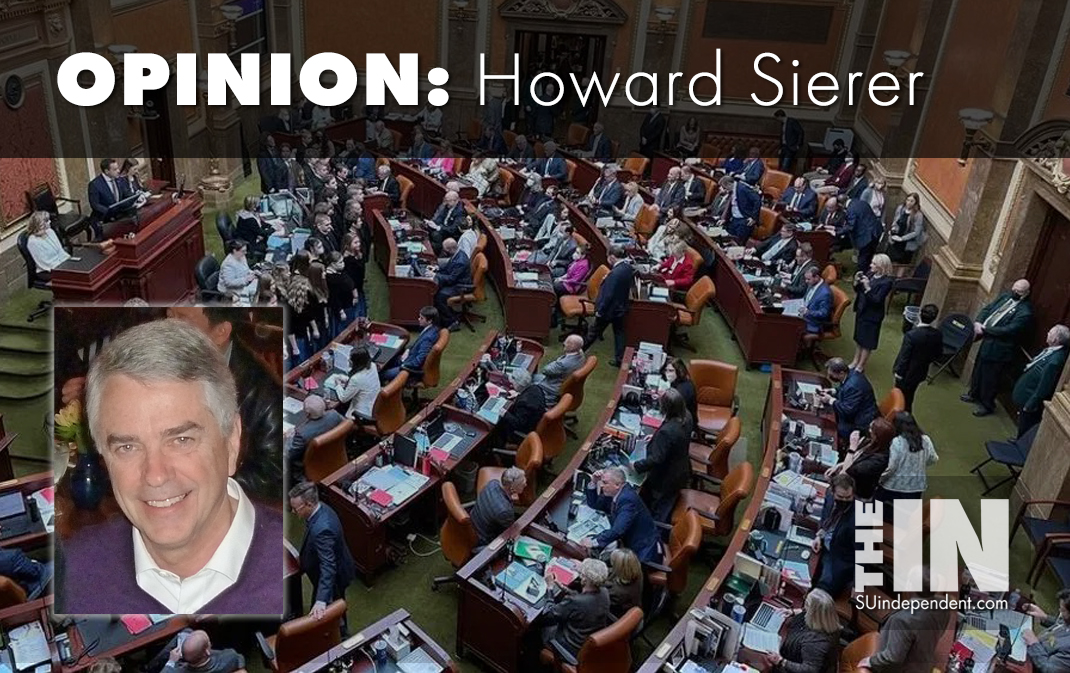
Another Congressional Seat for Utah?
– By Howard Sierer –
In case you somehow missed the Census Bureau’s 2023 American Community Survey (ACS), its mind-numbing data tables actually portend a significant change coming for Utah. After adding its fourth Congressional seat in 2010, Utah is likely to get a fifth seat following the 2030 census.
That forecast is based on our state’s population growth rate through the first three years of this decade. That growth rate did slow in 2023 to 1.64% annually, still 4th fastest in the country, but even projecting forward with this lower growth rate, we’ll likely get fifth seat.
Utah was the fastest growing state in the union on a percentage basis during the decade ending in 2020 when our population grew by 17.3%. The World Population Review forecasts that Utah’s population will grow from about 3.3 million in 2020 and 3.45 million now to about 3.6 million by 2029.
In addition to overall growth, the ACS shows that the nation continues to experience major population shifts which will affect congressional apportionment. Just the first three years of this decade alone would be enough to make significant changes in the allocation of Congressional seats. If population trends continue at their current pace, far bigger changes could be expected in the 2030 reapportionment: eighteen states would gain or lose districts.
California would lose five seats in the House, while New York would lose three. Illinois would lose two, and Michigan, Minnesota, Oregon, Pennsylvania and Wisconsin would all lose one. Those seats would mostly move south. Texas and Florida would each gain four seats, while Arizona, Georgia, Idaho, North Carolina, South Carolina, and Tennessee would each gain one as would Utah. Delaware would gain a second seat for the first time since the early 1800s.
But if population shifts are slowing nationwide as they are in Utah, more recent population shifts should be weighted more heavily. In that case, Congressional reapportionment would still result in significant but somewhat more modest changes. California would lose four seats, New York three, and Illinois two. Minnesota, Oregon and Pennsylvania would each lose one seat. On the plus side, Texas would still gain four seats, while Florida would gain three. Georgia, Idaho, North Carolina and Tennessee would each gain one, as would Utah.
Movement from north to south reflects more than folks seeking warmer, sunnier climes. A review of the losers and gainers shows that heavily Democratic states are shrinking while the gainers are heavily Republican along with some swing states. There’s no assurance that every new Congressional district in Republican-majority states will elect a Republican congressional representative but it’s likely that Republicans will be net gainers.
As it did following the 2020 Census and subsequent reapportionment, both parties will focus heavily on electing state legislators in 2030, the ones who will be drawing new congressional districts for the 2032 congressional elections.
For Utah, a fifth seat will give the state a little more clout in Congress but it will also signal another round of fighting and acrimony over congressional district boundaries in our Republican-dominated state legislature. In the vain hope of avoiding that acrimony, our citizens created the Utah Independent Redistricting Commission in 2018. As required by its mandate, the commission proposed three possible congressional district maps, all of which kept most of Salt Lake County in a single district.
Instead of picking one of them, our legislature promptly rejected all three in favor of its own map, one that it had been preparing even before the commission reported. As a result, those of us in Southern Utah are in the 2nd Congressional District that loops around the west and north sides of the Salt Lake metro area, including Bountiful and Farmington in addition to much of urban Salt Lake City itself. We in Southern Utah have a very different set of concerns than do folks in central Salt Lake City or those as far away as Farmington.
Why did this happen? Republican legislators contorted our districts to divide heavily-Democratic Salt Lake County between all four current districts to diminish the chance that Utah would dare elect a Democrat to Congress. Comparable gymnastics in 2030 with five districts will require even greater contortions.
Facing that issue is still seven years away, an eternity in our nation’s evolving political scene. But major nationwide changes in congressional representation are an almost sure thing including a fifth seat for Utah.



